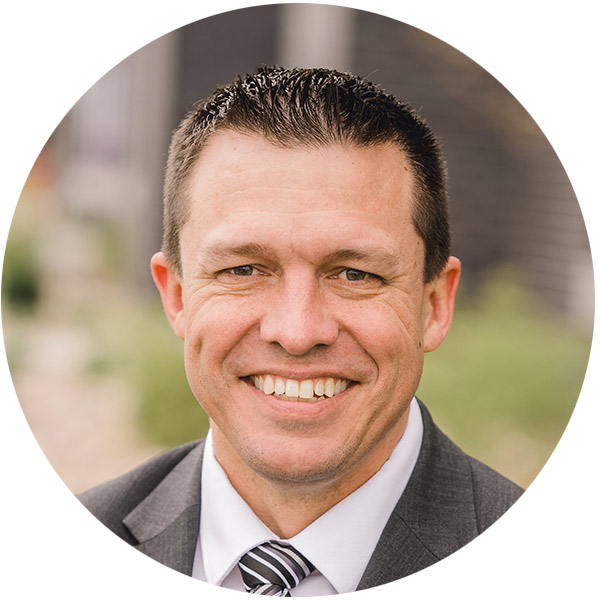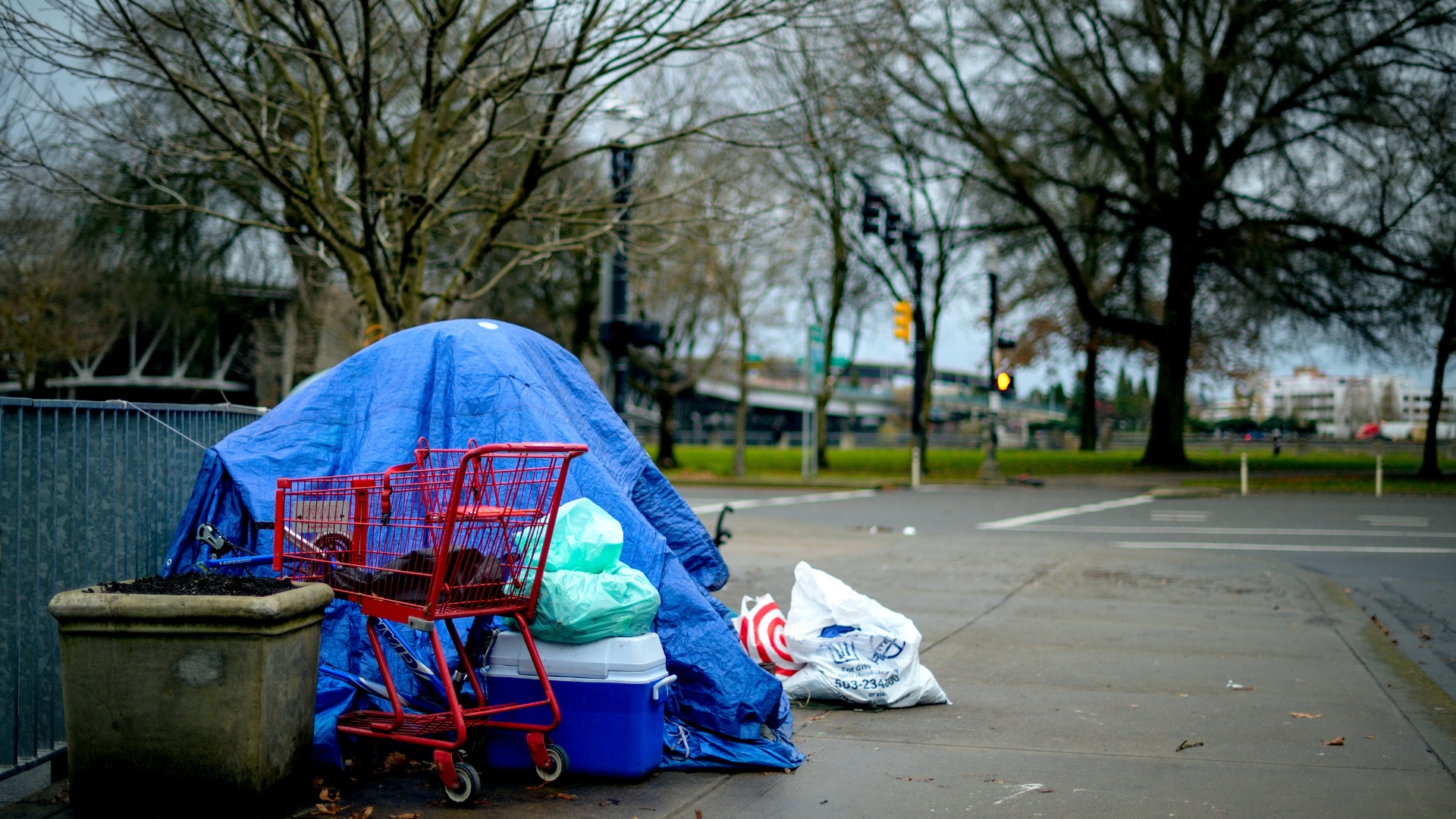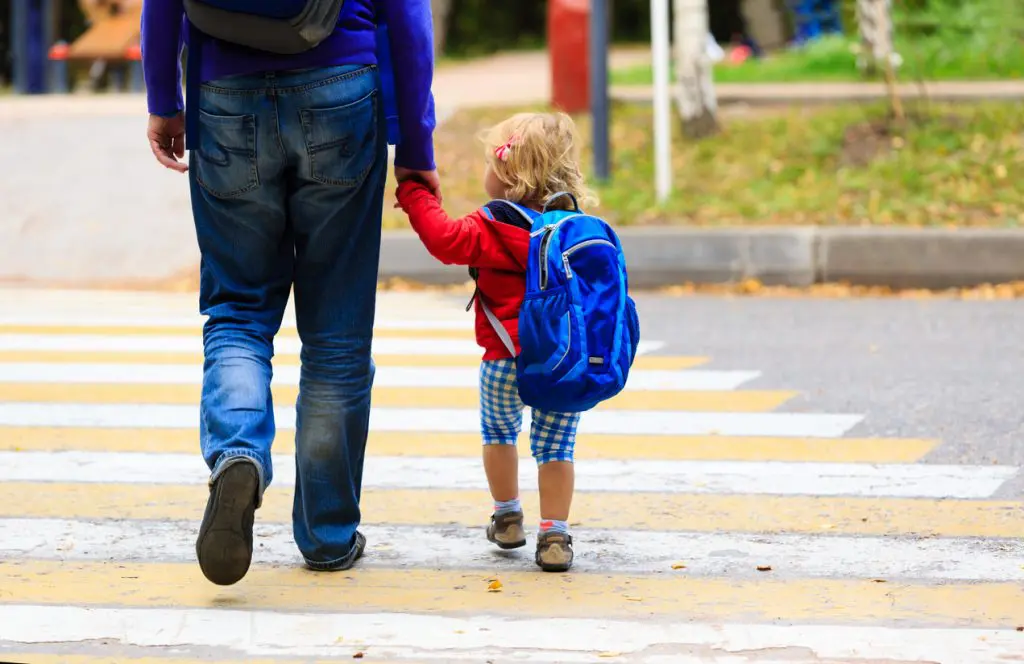Coach Kennedy knelt at midfield to offer a quick prayer after a win. The prayer lasted just a few seconds, but it changed the direction of his career.
If Coach Kennedy were working at a religious school, no one would question his actions. No one outside of his school would know Coach Joseph Kennedy. But Bremerton Junior High is a public school. This is why there is controversy.
Many parents support the coach and his actions, which began as a personal prayer, but quickly grew to include students from both teams. Other parents stated that their child felt pressure to join. This hasn’t been the only conflict in the nation’s schools.
Indeed, conflicts like this have been increasing in frequency throughout the United States. Cato has been tracking major incidents since the mid 2000s, but has seen a dramatic increase in recent years.
It is why we need educational pluralism.
Educational pluralism is the idea that education is funded by the government, but not provided by the government. This allows society to unify in making education a priority for all, but members of diverse ethnic, racial, religious, and other social groups can educate their children in a way that maintains and develops their traditions.
John Stuart Mill, in his 1859 book On Liberty, stated, “Is it not almost a self-evident axiom, that the State should require and compel the education, up to a certain standard, of every human being who is born its citizen?” But he also said that the State should not be the delivery mechanism for education.
“A general State education is a mere contrivance for moulding people to be exactly like one another; and as the mould in which it casts them is that which pleases the predominant power in the government, whether this be a monarch, a priesthood, an aristocracy, or the majority of the existing generation, in proportion as it is efficient and successful, it establishes a despotism over the mind, leading by natural tendency to one over the body.”
The twentieth century brought a movement to streamline K-12 schools, and with it, Mill’s concerns were brought to reality.
What we need is more diversity of thought in our education system.
Ashley Berner, in her book Pluralism and America’s Public Education, said this,
“If education inevitably involves basic questions of human nature, meaning, and destiny, then why should one view be privileged above another? Why should progressive and traditionalist educators compete for hegemony, or secular and religious perspectives not coexist and cooperate? In a liberal democracy such as ours, why should there not be room for many different pedagogical approaches and school structures?”
Both Mill and Berner agree we need diverse schools with diverse curricula, methods, structures, and styles in education.
The best way to get this is to fund families in their educational choices and to give autonomy to teachers to provide education how they envision it.
I like how Adam Peshek said it.
“I would support in a pluralistic education system:
- Schools that teach from the Great Books and schools that do not.
- Schools that teach the 1619 project and schools that do not.
- Schools that are religious and schools that are not.
- Schools that are full-time and schools that are part time.”
“You can respect a system that allows the options to flourish without supporting all the options themselves.”
Are there systems and methods that I think will work better? You bet. Do I want to give parents the means and power to choose whatever method they want? Absolutely. Do I want to use governmental power to prevent any of them from being an option? No.
This is why free market principles should apply to education.





